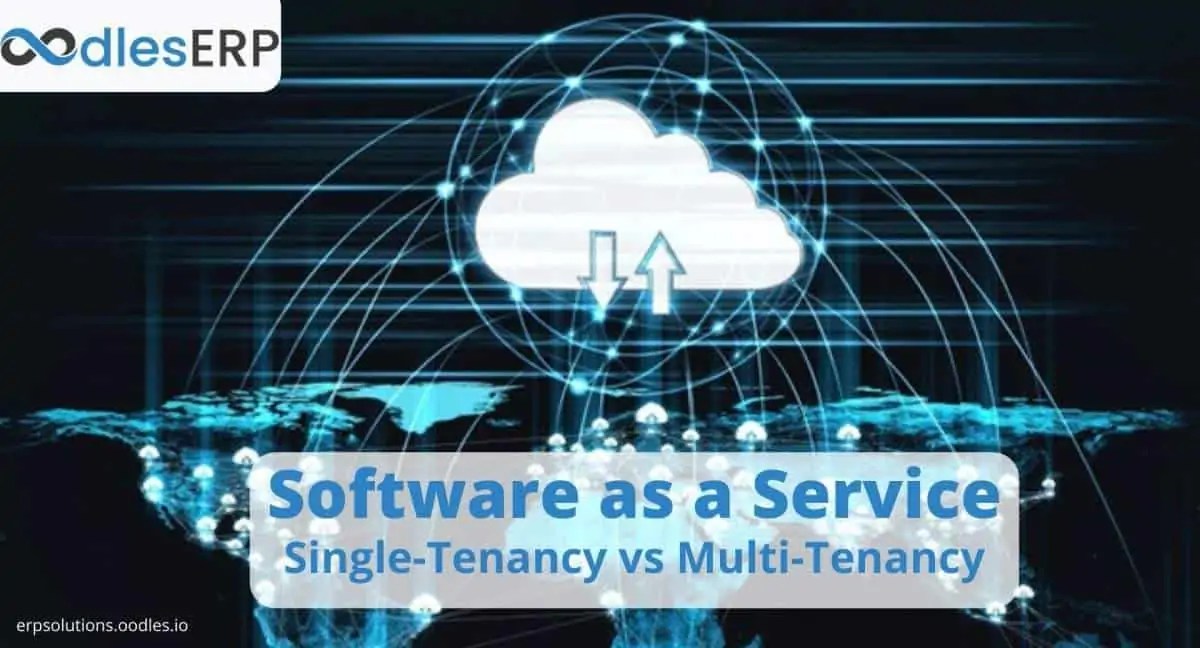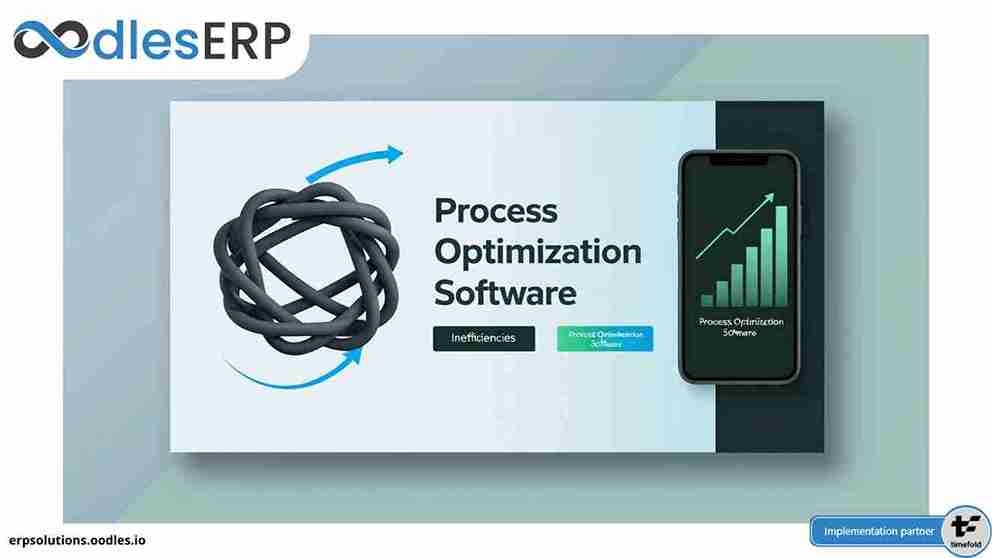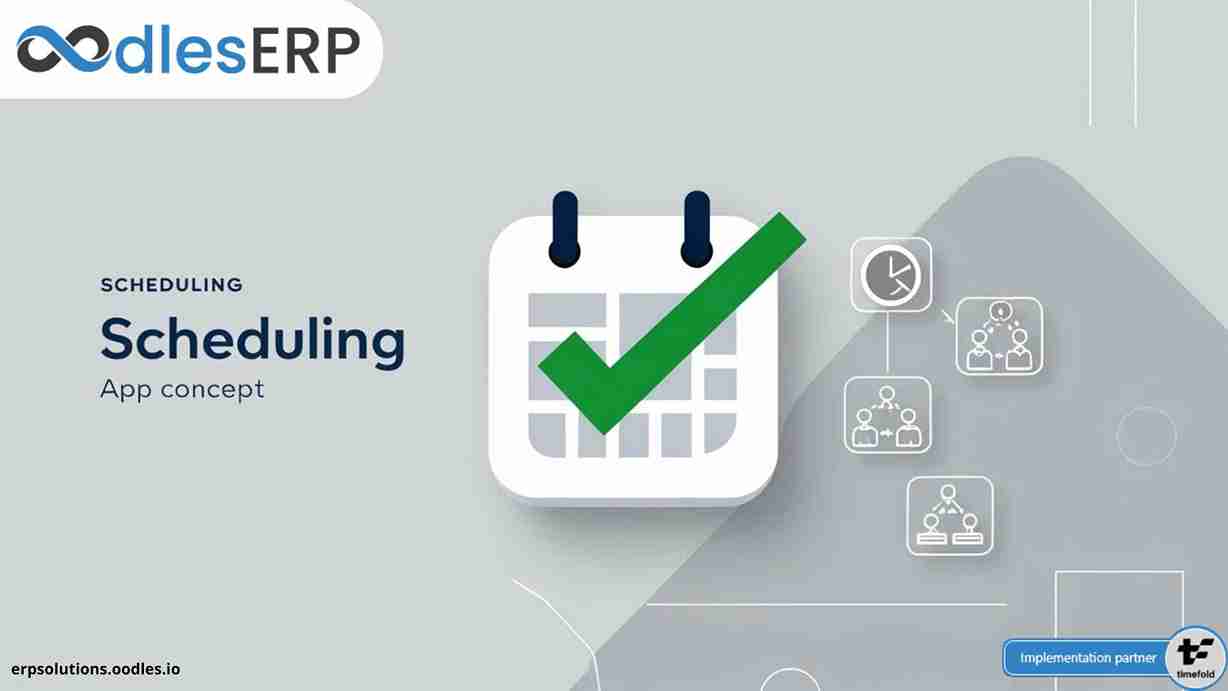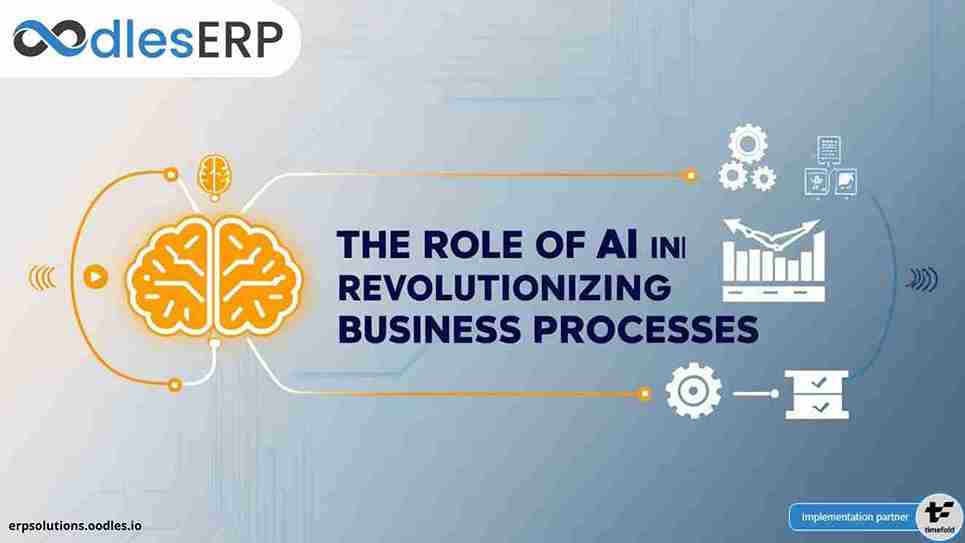Software as a service (SaaS) has become the most extensively used software distribution model across the globe because of its apparent benefits over traditional on-premise systems. An increasing number of businesses in all major industries are opting for SaaS solutions to strengthen their IT infrastructure. Seeing the current trends, the journal PR Newswire predicts that the global SaaS market is expected to grow to $307.3 billion by 2026. It represents a massive growth as compared to the previous years i.e this figure was a mere $158 billion in 2020. This growth is triggered by the increasing popularity of smart devices as well as public and private cloud services.
With the availability of several cloud vendors in the market, finding an ideal SaaS solution could be a challenging task. Choosing a SaaS solution that best addresses your business needs is the first and the most crucial step of the digital transformation journey. Nevertheless, to select the right solution for your business, you must be able to differentiate between various types of SaaS models.
In this blog post, we shall compare the single-tenant and multi-tenant architectures for SaaS software development. Subsequently, we shall discuss their pros and cons from the business perspective.

Also, Read Developing SaaS Accounting Solutions Using Open-Source Technologies
Single-tenant SaaS
In a single-tenant SaaS infrastructure, the single instance of the given software is dedicated to a single user or client. In other words, every user gets an independent instance of the software rather than multiple users sharing the common software. Here, the software instance runs in a logically isolated hardware environment to render complete autonomy to the user.
Since the software is installed locally, users gain complete control over the UI i.e they can customize it anytime without altering the underlying code. An apt example of the single-tenant SaaS architecture could be seen in a private cloud service. Let’s explore the main benefits of single-tenant SaaS software development:
Benefits of Single-Tenant SaaS Software Development:
- – Offers increased data security and privacy without any third-party interference
- – The performance of one application (meant for a single user) is impacted by the actions of other users
- – Better support for data backup, restoration, and disaster recovery. Data backups are created independently for different users
- – It is easier to migrate single-tenant applications from SaaS to self-hosted environments
- – Single-tenant systems offer better control of the UI, features, and software upgrades
Also, Read Technology Recommendations For SaaS Software Development
Multi-tenant SaaS
Once we understand the concept of single tenancy, it’s quite easy to perceive the significance of the multi-tenant SaaS architecture. It is basically a multi-client architecture where every single instance of the given software serves multiple users or clients. In more simple terms, here multiple clients will be sharing the same database rather than each client having a separate database. Due to this reason, multi-tenant SaaS applications are much more affordable and cost-effective as compared to their single-tenant counterparts. Despite the reasonable costs, the multi-tenant architecture provides enormous computing capacities and facilitates efficient resource management.
Therefore, this type of computing architecture is best suited for startups and small-to-medium-sized enterprises to efficiently run their operations with minimal hardware complexities. Let’s move ahead and delve into the main features and benefits of multi-tenant SaaS software development:
Benefits of Multi-tenant SaaS Software Development:
- – Multi-tenant SaaS applications incur lower software infrastructure costs since multiple clients share the same database
- – Clients do not need to pay hefty software maintenance costs since vendors are responsible for rolling out new features and upgrades
- – It enables enterprises to easily configure their applications without altering the underlying code
- – Multi-tenant SaaS applications maintain optimum efficiency to ensure that all users receive the same level of service
- – These applications are easy to install, set up, configure, and customize as per your business needs
- – The applications are increasingly flexible and scalable as they easily adjust to the dynamically changing business needs
- – They generally have enormous computing capacities and render optimum resource utilization
You may also be interested in reading Achieve Business Success Through SaaS Application Development
The Final Words
Here, we have discussed the main features and benefits of both single and multi-tenant SaaS architectures. Nevertheless, while selecting an ideal solution for your business, it is critical to consider their major setbacks as well. Understandably, single-tenant solutions are much more expensive as compared to their multi-tenant counterparts. Besides, they require extensive maintenance and might be less efficient than multi-tenant systems in most cases. In this context, multi-tenant systems are best suited for small and medium-sized enterprises to digitally enhance their business growth. However, the main problem with multi-tenant systems is that offer very limited customization options and are more prone to data breaches. Other challenges associated with these systems include frequent in-app disturbances and increased instances of downtime.
Why Choose Oodles For SaaS Software Development Services?
We are a seasoned SaaS development company with a proven track record in developing custom SaaS-based web and mobile applications. Our team of developers is skilled at using the latest tools and technologies to build performance-driven software solutions to deliver engaging user experiences. Our end-to-end SaaS software development services focus on enhancing the business growth of our customers through scalable software solutions. We have successfully completed several full-scale SaaS-based projects for startups, SMBs, and large-scale companies. For project-related queries, reach out at [email protected].









